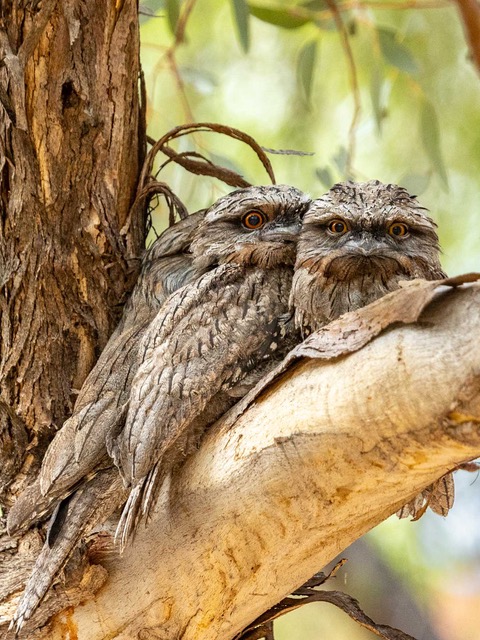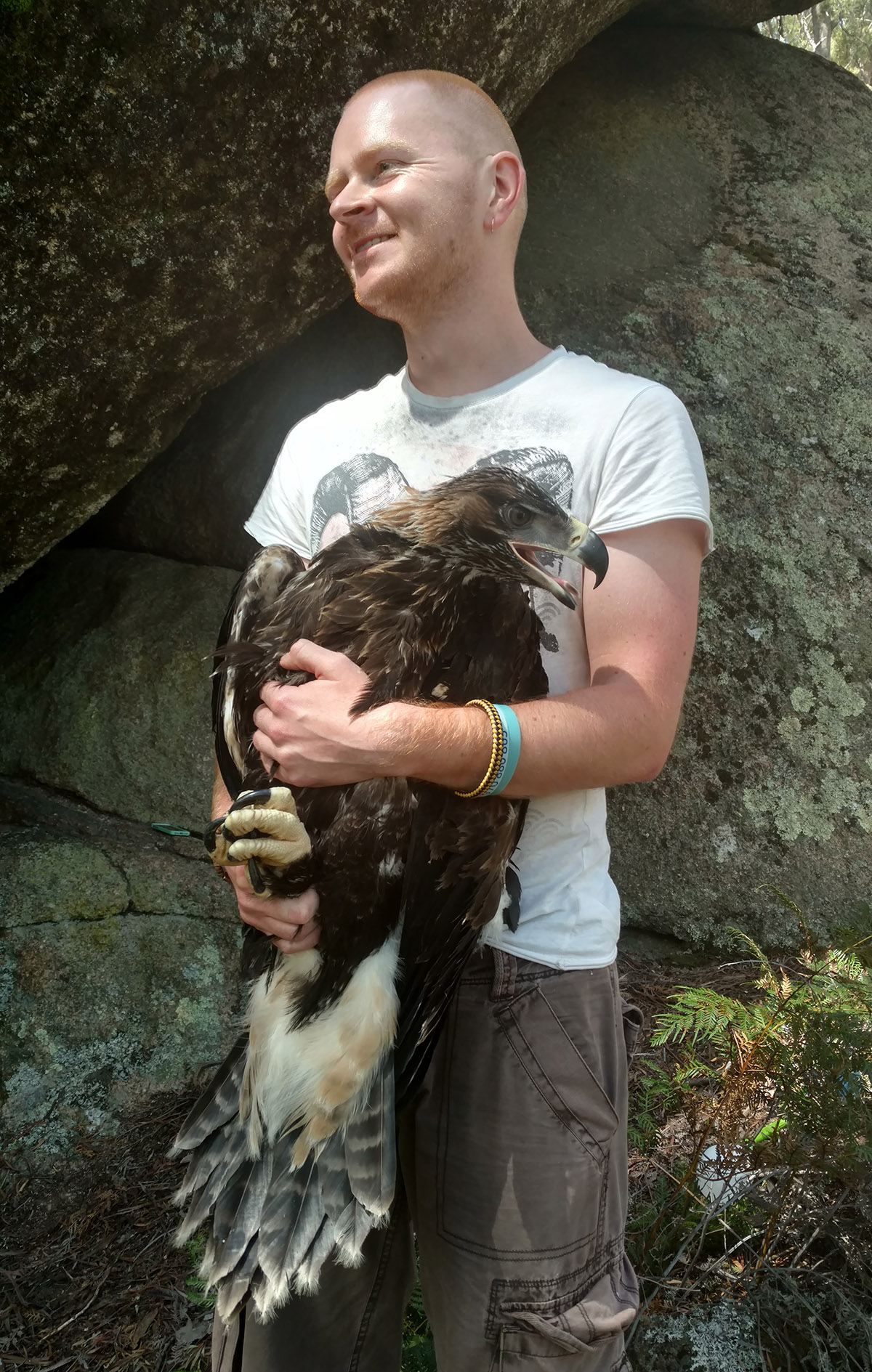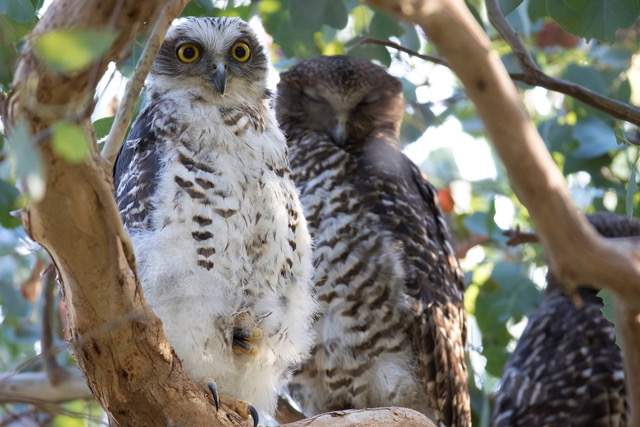by Joe Eaton
(Full article from RATS Tales January 2024)
As RATS Tales reported in October, scientists have documented widespread exposure to second-generation anticoagulant rodenticides (SGARs) in Australian raptors and other birds, including southern boobook owls in Western Australia, three owl species and a frogmouth (a non-raptor) in Victoria and New South Wales, and wedge-tailed eagles in Tasmania. A recent paper by Raylene Cooke and co-authors called for regulatory action, reinforcing campaigns by BirdLife Australia, Owl Friendly Margaret River, and other nongovernmental organizations. But the Australian Pesticides and Veterinary Medicines Authority (APVMA), the federal agency responsible for regulating rodenticides, has been reluctant to do its job.
Erin Farley, BirdLife’s Campaigns and Participation Program Leader, said the organization has tracked the rodenticide issue for a long time, ramping up its activity when a federal review of SGARs was announced in 2020, with initiatives at federal, state, and local levels of government and pressure on retailers. “BirdLife Australia contacted every local government authority across the country to ask that they take actions to reduce the use and impact of SGARs in their area,” Farley explained. “This included phasing out the use in their own building assets and helping communities phase out use in households and workplaces. Over forty councils have indicated their intention to take action to phase out or reduce the impact of SGARs so far.”
Australia is a federation like the US or Canada in which state and territorial governments have significant authority. BirdLife, Farley said, “has… been writing to state Ministers to request they look at state-based regulatory mechanisms.” Australian environmental law allows federal and state governments to designate Key Threatening Processes (KTPs) that jeopardize species or natural communities, and Cooke and her co-authors recommended such a designation for SGARs. The state of Victoria, site of many raptor-poisoning incidents, recently recognized SGARs as a KTP. It’s hoped an abatement plan will follow. A 2020 review found that only 6 of 21 listed KTPs had up-to-date plans.

While Australia’s two major political parties, Liberal (actually conservative) and Labor, have ignored the SGAR issue, Farley said the Greens, influential in state and local government, have been more supportive: “We have had very positive engagement with Greens MPs at a local, state and federal level, including in Victoria where they moved an amendment to seek to better regulate SGARs (it was not supported by other parties).”
BirdLife has also been trying to persuade Bunnings, a retail chain comparable to Home Depot that accounts for half the do-it-yourself market, to discontinue SGAR sales. “We are continuing to pressure Bunnings and collect signatures and local activists are continuing to speak to local outlets,” Farley said. “Bunnings have made some small changes to how products are displayed but we do not think they have gone far enough.”
Prodding APVMA to tackle SGARs remains a challenge. In 2020, APVMA launched a reevaluation of SGARs to determine if additional regulation was needed. The government told a Green senator in June 2021 that a decision on further regulatory action was expected by the end of that year; that didn’t happen. After Labor displaced a Liberal government in 2022, Murray Watt, the new Minister for Agriculture, Fisheries and Forestry, directed APVMA to finalize pending reviews of some products, but didn’t include SGARs. BirdLife responded with an open letter requesting an accelerated review of SGARs. According to Farley, Watt noted BirdLife’s concerns but declined to escalate the issue. The reevaluation remains in limbo.
Meanwhile, the poisons continue to permeate Australian food webs, killing non-target species like raptors, other birds like frogmouths and magpies, and potentially some of Australia’s endangered native mammals. “[T]he more we discover about the impact of SGARs on wildlife, the more serious the problem is shown to be,” Farley concluded. “Our campaign has received strong support from bird lovers, including tens of thousands of responses to our petitions, submission campaigns and email actions. Unfortunately, we haven’t seen strong enough action from political decision makers who continue to point to the APVMA review.”
An independent audit of APVMA, in addition to documenting a toxic agency culture, apparent conflicts of interest, and an aversion to taking enforcement action, described chronic foot-dragging on reevaluating chemicals once they had been approved. Eight product reviews were found to have been in progress for over fifteen years, most of them approaching the twenty-year mark. Australian environmental activist Leonard Fitzpatrick, not affiliated with BirdLife, underlines the cozy relationship between APVMA and the pesticide industry: “Regulatory capture is arguably a key contributing factor to the lack of top level/proactive action from the Government.” It’s a problem that’s far from unique to Australia.


